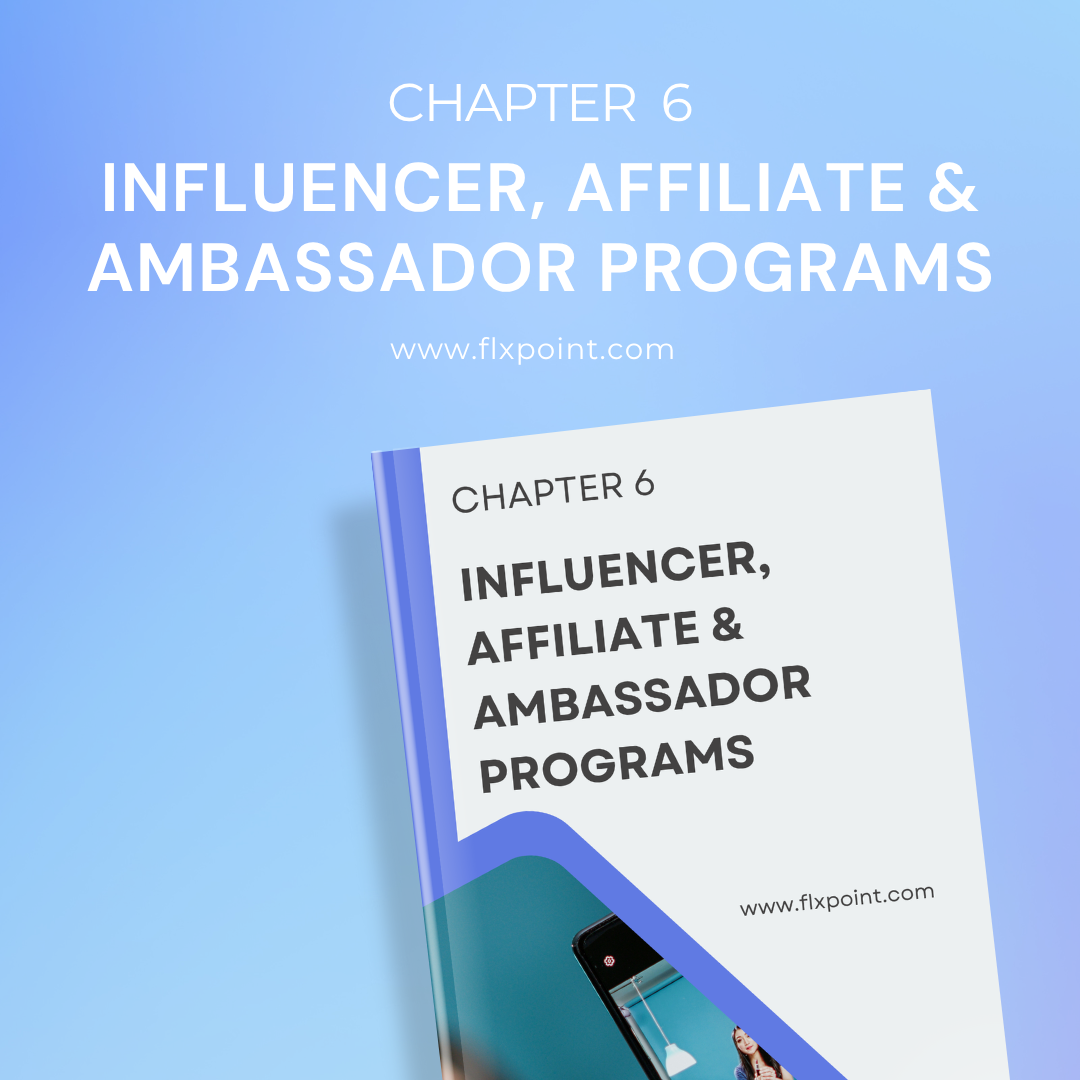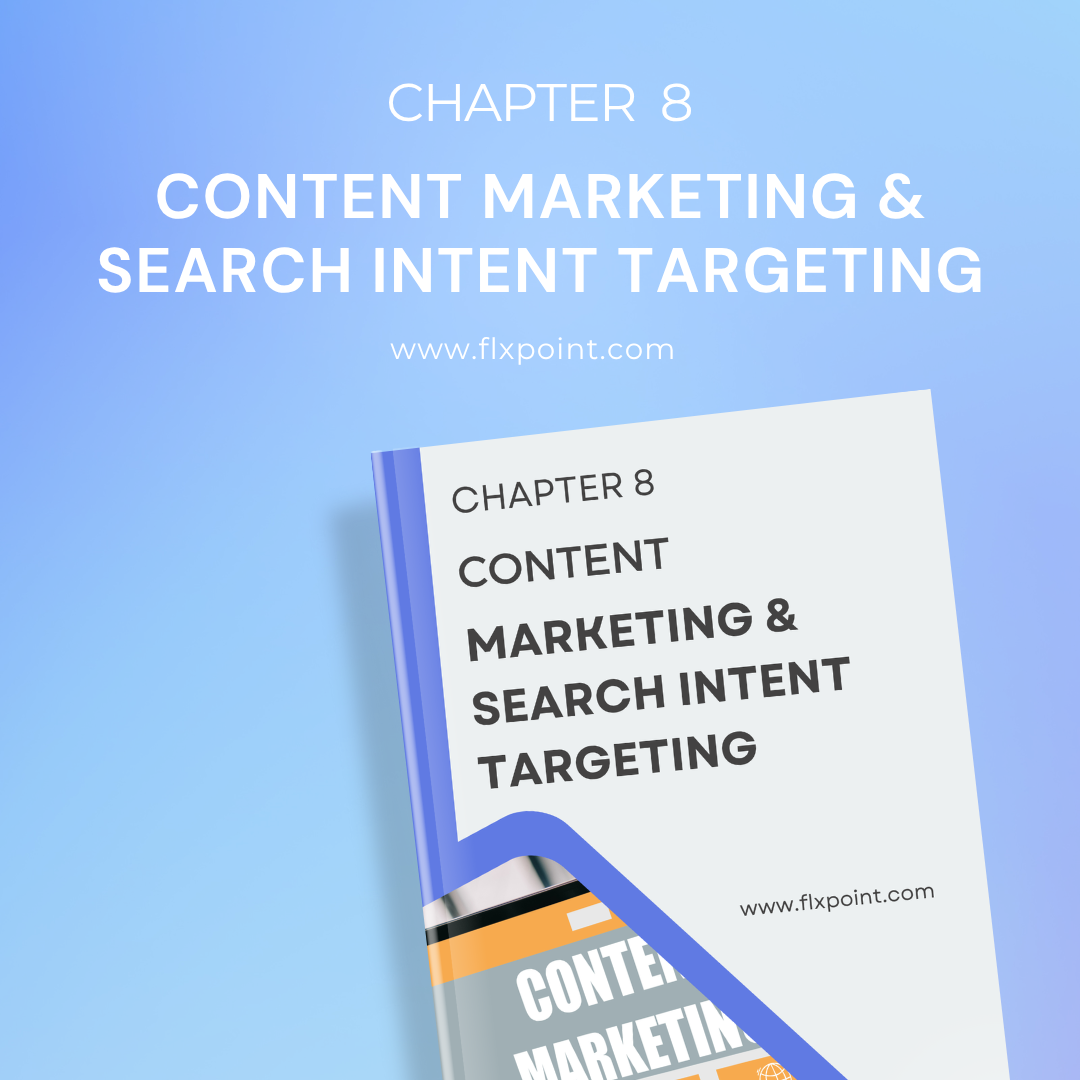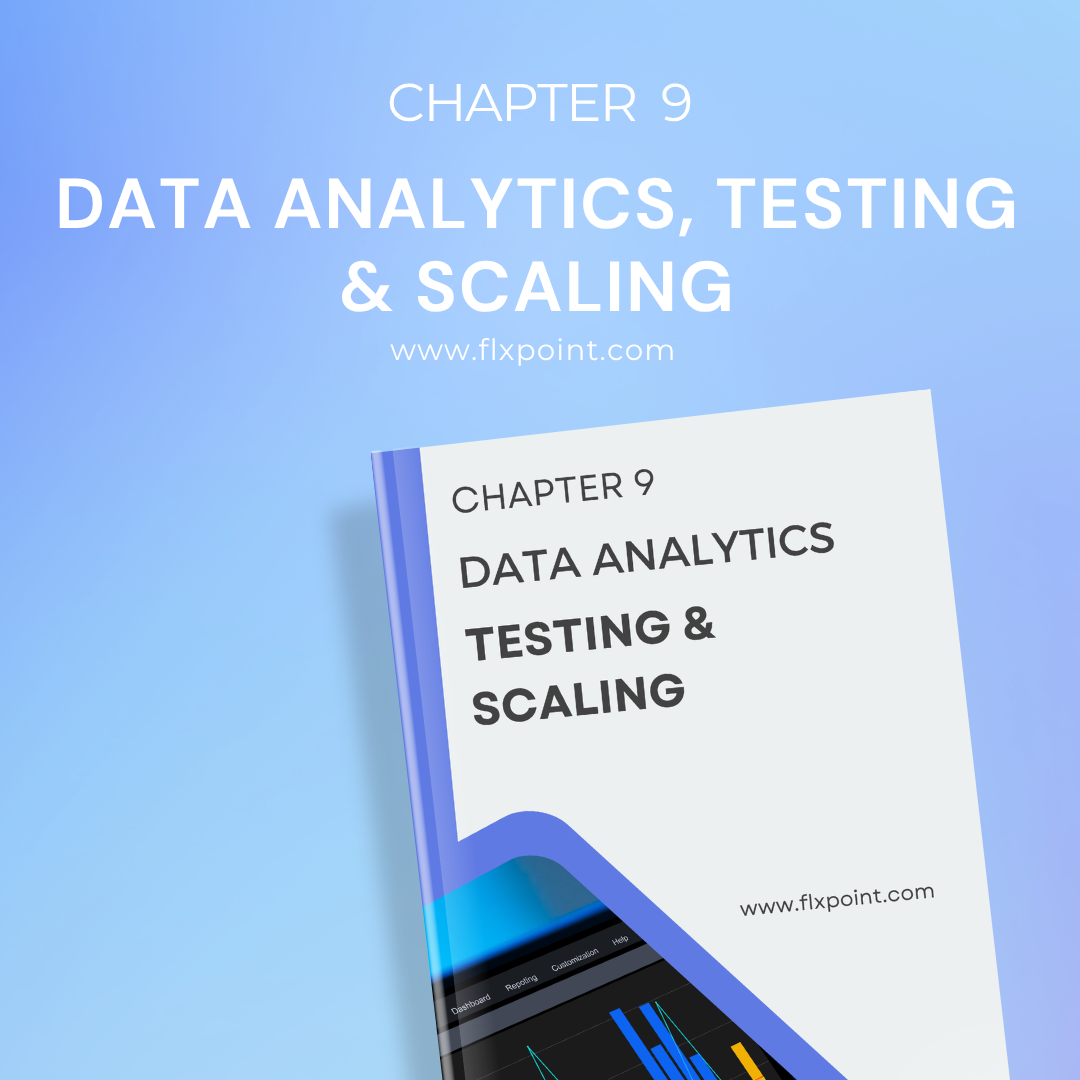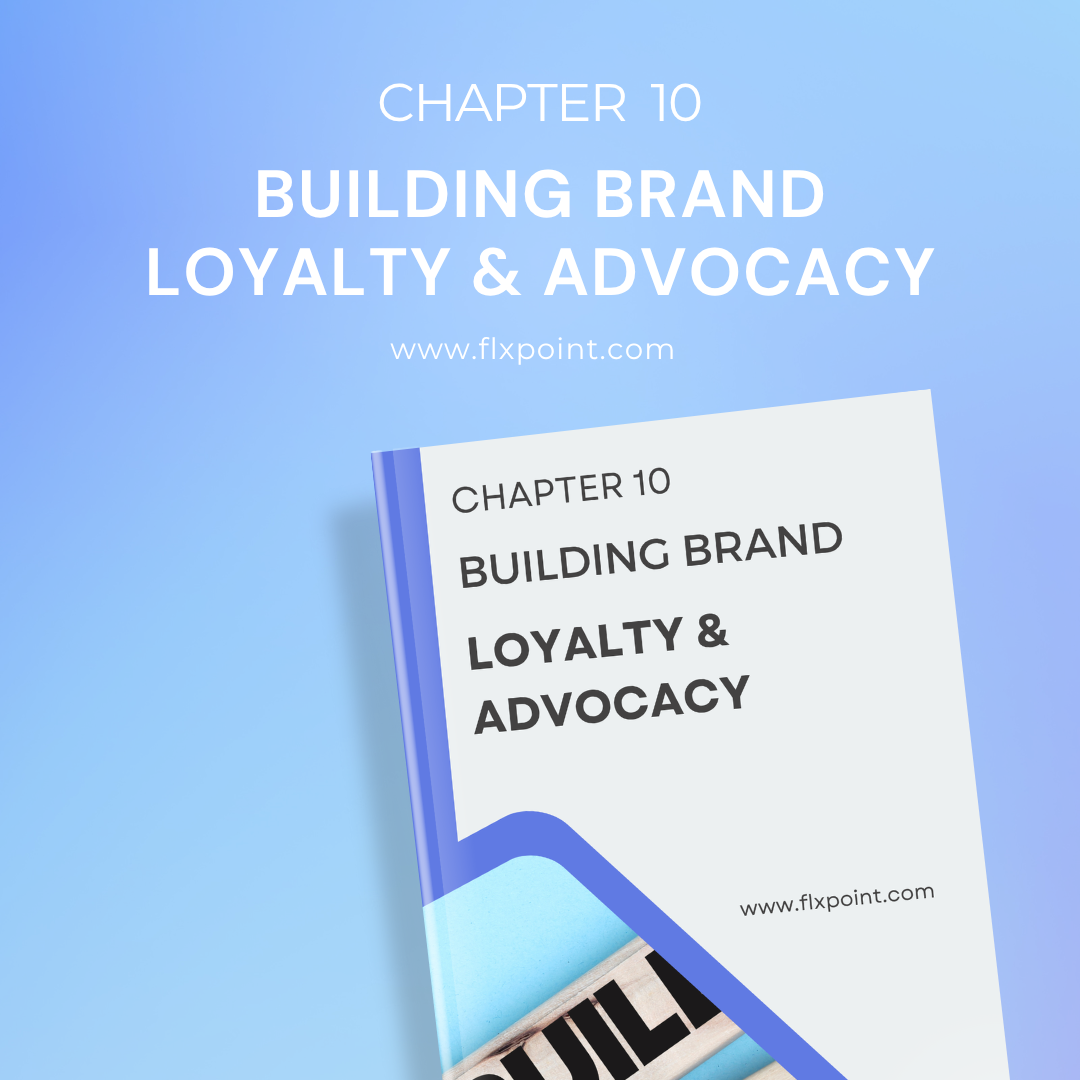Chapter 4 Paid Media Mastery
Build profitable advertising campaigns across all major platforms. Learn Facebook Ads optimization, Google campaigns, and attribution models that show real results.
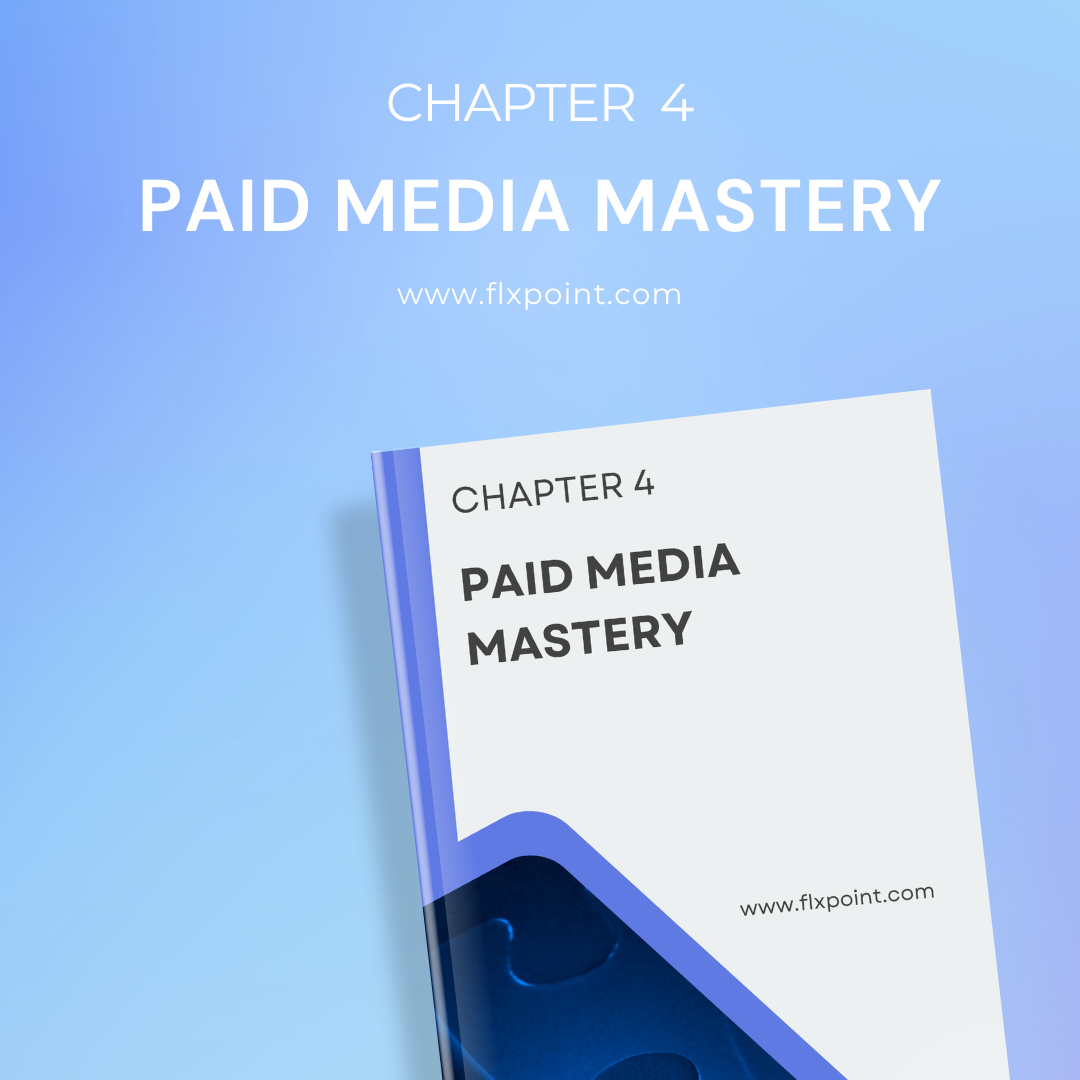
Table of Content
- Introduction
- Full-Funnel Ad Strategy: Awareness, Consideration, Conversion, Retention
- Facebook Ads Structure: CBO vs ABO, Campaign Naming Conventions
- Advanced Google Ads: Smart Shopping, Performance Max, Feed Optimization via GMC
- Dynamic Product Ads (DPA) Setup & Custom Audiences
- Attribution Models (Last Click vs Data-Driven vs Time Decay)
- Analytics & Pixel Setup (GA4, Meta Pixel, TikTok Pixel)
Introduction
Unlike organic strategies that can take months to yield results, paid advertising offers immediate visibility and scalable growth potential. This chapter explores the intricacies of paid media marketing and provides actionable frameworks for optimizing your advertising efforts.
Paid media represent any form of advertising where you directly exchange money for exposure. It gives you control — instant traffic, faster feedback loops, and the power to scale your store with precision.
While the concept sounds simple, mastering paid media requires understanding complex systems, audience behaviors, and performance metrics. The digital advertising ecosystem has evolved dramatically, with platforms offering increasingly sophisticated targeting options and automation capabilities.
For ecommerce businesses, paid media serves as a direct pipeline to potential customers. Whether you're launching a new product, expanding into new markets, or simply looking to increase sales, a well-structured paid media strategy can deliver measurable results. The key lies in approaching paid media not as a cost center but as an investment vehicle with clear performance expectations.
Today's paid media spans multiple channels, including search engines, social platforms, publisher networks, and even traditional media. Each channel offers unique advantages depending on your business goals, target audience, and product offerings.
Full-Funnel Ad Strategy: Awareness, Consideration, Conversion, Retention
Effective paid media marketing follows the customer journey through distinct stages, each requiring specific approaches and success metrics. This full-funnel strategy ensures you capture potential customers at every step of their buying process.
Awareness Stage
At the top of the funnel, your goal is simple: introduce your brand to potential customers who match your target audience profile. These prospects don't know you yet and aren't actively looking for your products.
Key channels for awareness include:
- YouTube ads
- TikTok reach campaigns
- Facebook/Instagram awareness campaigns
- Display networks
- Programmatic advertising
Metrics to track at this stage include impressions, reach, frequency, and brand lift. Cost per thousand impressions (CPM) serves as your primary efficiency metric. The creative focus should be on communicating your brand's value proposition and differentiation in an attention-grabbing format.
A practical example: A furniture brand might run TikTok video ads showing off their minimalist, small-space collections to urban renters in their 20s and 30s, tracking how many new prospects they reach within that demo.
Consideration Stage
Once prospects are aware of your brand, your next objective is to deepen their interest and position your products as solutions to their needs. These users have shown some interest but aren't ready to purchase yet.
Effective consideration channels include:
- Facebook/Instagram engagement campaigns
- Pinterest advertising
- Google Display Remarketing
- YouTube remarketing
- Native content discovery platforms
For consideration campaigns, track engagement metrics like video views, time on site, page depth, and email sign-ups. Cost per engagement (CPE) becomes your primary efficiency metric. Creative should focus on product benefits, use cases, and social proof.
For instance, that same furniture brand might now target users who viewed their awareness ads with Instagram carousel ads showcasing specific collections, measuring success by how many users clicked through to product collection pages.
Conversion Stage
At the bottom of the funnel, prospects understand your brand and products; they just need the right incentive to make a purchase decision. These campaigns target high-intent users who have shown significant interest.
Conversion channels typically include:
- Google Shopping and Search ads
- Facebook/Instagram conversion campaigns
- Dynamic retargeting across all platforms
- Marketplace ads (Amazon, Walmart)
Key metrics shift to conversion rate, return on ad spend (ROAS), cost per acquisition (CPA), and average order value (AOV). Creative should emphasize urgency, offers, guarantees, and clear calls to action.
Our furniture brand might now show specific product ads to users who abandoned their shopping cart, promoting a limited-time free shipping offer to incentivize completion of the purchase.
Retention Stage
Often overlooked but extremely valuable, retention marketing targets existing customers to encourage repeat purchases, increase lifetime value, and generate referrals.
Effective retention channels include:
- Email marketing
- Google Customer Match
- Facebook Custom Audiences
- SMS campaigns
Track metrics like repeat purchase rate, customer lifetime value (CLV), and referral rate. Your creative should acknowledge the existing relationship and offer personalized recommendations, loyalty rewards, or exclusive access.
The furniture brand might target customers who purchased a sofa six months ago with ads for matching accent tables or care products, measuring success by the percentage of customers who make a second purchase.
Implementing a full-funnel strategy requires patience and careful budget allocation. Most businesses should allocate roughly 40% to awareness, 30% to consideration, 20% to conversion, and 10% to retention; though these percentages can shift based on business maturity and seasonality.
Facebook Ads Structure: CBO vs ABO, Campaign Naming Conventions
Meta's advertising platform remains one of the most powerful tools for ecommerce businesses, but its complexity demands a structured approach to campaign management.
CBO vs ABO: Budget Management Strategies
Meta offers two primary budget management approaches: Campaign Budget Optimization (CBO) and Ad Set Budget Optimization (ABO). Understanding which to use and when can significantly impact performance.
Campaign Budget Optimization (CBO) allows Meta's algorithm to distribute your budget across multiple ad sets within a campaign based on performance. The system automatically allocates more budget to the best-performing ad sets in real time.
Benefits of CBO:
- Reduced management time
- More efficient budget allocation
- Better overall campaign performance
- Works well with larger budgets
Ad Set Budget Optimization (ABO) gives you manual control over how much budget each ad set receives. You set specific daily or lifetime budgets at the ad set level.
Benefits of ABO:
- Greater control over audience testing
- Better for specific audience budget requirements
- Useful when testing new creative concepts
- Works well with smaller budgets
Most successful Facebook advertisers use a hybrid approach. Use ABO when testing new audiences or creative concepts to ensure each test receives adequate exposure. Once you've identified winning combinations, transition to CBO for scaling and efficiency.
Campaign Naming Conventions
With dozens or even hundreds of campaigns running simultaneously, a standardized naming convention becomes essential for analysis and management. A clear, consistent naming structure should include:
- Business unit or product line
- Campaign objective
- Funnel stage
- Audience type
- Creative theme
- Date or version
This structured approach allows for quick filtering and sorting in Meta Ads Manager and when exporting data for analysis. Consistent naming also facilitates knowledge transfer when multiple team members manage the account.
Campaign Structure Best Practices
Beyond naming and budget allocation, the structure of your Meta campaigns affects both performance and manageability:
- Group similar objectives together in campaigns
- Separate different funnel stages into different campaigns
- Create distinct ad sets for meaningful audience segments
- Limit ad variations to 2-3 per ad set for clear performance comparison
- Implement regular creative refreshes to combat ad fatigue
A well-structured account reduces decision fatigue, speeds up optimization, and improves overall performance through clearer testing frameworks.
Advanced Google Ads: Smart Shopping, Performance Max, Feed Optimization via GMC
Google's advertising ecosystem offers powerful tools for ecommerce businesses, with recent automation features dramatically changing best practices.
Smart Shopping to Performance Max Transition
Google has transitioned Smart Shopping campaigns to Performance Max, which represents a significant evolution in Google's approach to ecommerce advertising.
Performance Max campaigns utilize Google's machine learning capabilities to optimize ad placements across the entire Google network, including:
- Search results
- Display network
- YouTube
- Gmail
- Discover feed
- Maps
Unlike traditional campaign types that require separate campaigns for each channel, Performance Max consolidates everything into a single campaign type.
Setting up an effective Performance Max campaign requires:
- Clear business objectives and conversion goals
- High-quality product feed with complete attributes
- Multiple creative assets (text, images, videos)
- First-party audience signals to guide the algorithm
- Proper conversion tracking implementation
Performance Max offers several advantages for ecommerce businesses:
- Broader reach across Google's entire network
- Simplified campaign management
- Advanced machine learning optimization
- Visual-first shopping experiences
- Integrated inventory management
However, these advantages come with reduced transparency and control. You'll have limited visibility into which placements, keywords, and audiences drive performance. This "black box" approach requires a different management philosophy focused on feeding the algorithm better inputs rather than making granular optimizations.
Google Merchant Center Feed Optimization
The foundation of any Google Shopping or Performance Max campaign is your product feed. A well-optimized feed improves both visibility and conversion rates.
Key feed optimization areas include:
Titles: Front-load with the most important product attributes. Include brand, product type, key features, color, size, and material where relevant. Research indicates properly optimized titles can improve click-through rates by up to 30%.
Use this title formula to boost click-through rates:
Format: [Brand] [Product Type] [Distinguishing Attributes] [Size/Color].
For example: ‘Ninja Air Fryer 6-Qt DualZone – Stainless Steel.
Descriptions: Write detailed, benefit-focused descriptions using natural language. Include relevant keywords but avoid keyword stuffing. Focus on the product's unique features and benefits.
Images: Use high-quality images with clean backgrounds. Test lifestyle images versus product-only images. Submit additional image angles using the additional_image_link attribute.
Categorization: Use the most specific Google product category possible. Proper categorization helps Google show your products for relevant searches.
Price competitiveness: Regularly monitor competitor pricing through tools like Price Comparison in the Merchant Center. Competitive pricing directly impacts impression share.
Product type: Create a logical product type hierarchy that matches your website structure. Unlike Google's product category, you control this attribute completely.
GTIN/MPN/Brand: Always include unique product identifiers when available. Products with GTINs typically receive more impressions and better placements.
Custom labels: Create strategic groupings for bidding and reporting. Examples include seasonality, margin, performance tiers, or inventory levels.
Regular feed maintenance is crucial. Set up alerts for disapprovals and regularly check the Diagnostics section in Google Merchant Center to identify and fix issues quickly.
Dynamic Product Ads (DPA) Setup & Custom Audiences
Dynamic Product Ads represent one of the most powerful formats for ecommerce businesses, particularly for retargeting campaigns. These ads automatically show products that users have previously viewed or added to cart, creating highly relevant, personalized experiences.
DPA Implementation Steps
Setting up effective Dynamic Product Ads requires several technical components:
- Product catalog setup: Create and upload a comprehensive product catalog to the advertising platform. This catalog should include:
- Product IDs
- Names
- Descriptions
- Images
- URLs
- Availability
- Price
- Sale price (if applicable)
- Brand information
- Categories
- Pixel implementation: Place the platform's pixel on your website and activate advanced matching parameters to improve user identification across devices.
- Event tracking configuration: Implement specific events like ViewContent, AddToCart, InitiateCheckout, and Purchase along with the relevant product parameters.
- Catalog feed maintenance: Establish regular updates to your product catalog, ideally through an automated system that keeps information synchronized with your website.
Custom Audience Strategies for DPA
The true power of Dynamic Product Ads emerges when combined with strategic audience segmentation. Create custom audiences based on specific shopping behaviors:
- Product viewers (last 7 days): Target recent browsers who haven't added products to cart yet. Use broader messaging focused on product benefits.
- Cart abandoners (last 3 days): Focus on users who added products to cart but didn't purchase. Consider offering limited-time incentives to complete the purchase.
- Purchase remarketing (last 30 days): Target recent customers with complementary products or accessories for their previous purchases.
- Category browsers: Create separate audiences for users who viewed specific product categories to promote related items within those categories.
- High-value prospects: Build lookalike audiences based on your best customers, then target them with dynamic ads featuring your best-selling products.
- Segmentation by time window: Create different audiences based on recency of site visit (1-3 days, 4-7 days, 8-14 days, etc.) and adjust messaging accordingly.
Advanced DPA Tactics
Take your dynamic ads to the next level with these advanced strategies:
- Cross-selling automation: Configure your catalog with product relationships to automatically recommend complementary products.
- Product set prioritization: Create multiple product sets with priority levels to control which products get shown first.
- Special occasion targeting: Build campaigns for seasonal events or life milestones using appropriate audience signals.
- Discount highlighting: Automatically highlight products with price reductions to drive urgency.
- Inventory-based rules: Prioritize products with higher inventory levels or avoid promoting low-stock items.
- Geotargeting adjustments: Create location-specific product sets for weather-appropriate merchandise or local promotions.
When optimizing DPA campaigns, focus on the entire funnel experience rather than just the ads themselves. Make sure landing pages maintain consistent messaging and that the checkout process is frictionless.
Attribution Models (Last Click vs Data-Driven vs Time Decay)
Which ad really closed the deal? Attribution modeling helps you answer that — and make smarter decisions about where to spend your budget. It shows you which marketing touchpoints actually moved the needle, so you're not guessing when it comes to optimizing your media mix.
Last-Click Attribution
Last-click attribution assigns 100% of the conversion credit to the final touchpoint before purchase. This model has been the historical default for many platforms.
Advantages:
- Simple to understand and implement
- Clear decision rules
- Works well for bottom-funnel evaluation
Disadvantages:
- Ignores all previous touchpoints
- Overvalues bottom-funnel channels
- Creates channel competition rather than cooperation
- Doesn't reflect modern multi-touch consumer journeys
Last-click attribution typically overvalues search campaigns and undervalues awareness channels like social media, video, and display advertising. This can lead to misallocated budgets and missed growth opportunities.
Data-Driven Attribution
Data-driven attribution uses machine learning algorithms to analyze your specific conversion patterns and distribute credit based on the impact of each touchpoint.
Advantages:
- Provides more accurate value assessment
- Adapts to your specific customer journey
- Accounts for both converting and non-converting paths
- Continuously updates based on new data
Disadvantages:
- Requires significant data volume to function effectively
- Often lacks transparency into the exact weighting methodology
- Availability varies by platform
- Historical data limitations
Google Analytics 4 and Google Ads have made data-driven attribution the default model, recognizing its superior accuracy over rules-based approaches. To use data-driven attribution effectively, you need proper tagging across all marketing channels and sufficient conversion volume (typically 3,000+ monthly interactions).
Time Decay Attribution
Time decay attribution gives more credit to touchpoints closer to conversion while still acknowledging earlier interactions. Credit is distributed based on how recently each touchpoint occurred before the conversion.
Advantages:
- Recognizes multiple touchpoints
- Logical weighting based on proximity to conversion
- Better than last-click for understanding the full journey
- Works well for products with shorter consideration cycles
Disadvantages:
- Undervalues early awareness touchpoints
- Uses arbitrary decay parameters
- Doesn't account for the actual influence of each interaction
- Less sophisticated than data-driven models
Time decay serves as a good intermediate step when moving from last-click to more advanced attribution, particularly for businesses without sufficient data for data-driven models.
Practical Attribution Implementation
Regardless of which model you choose, implementing proper attribution requires:
- Cross-channel tracking: Ensure consistent parameter tagging across all marketing efforts.
- Unified measurement plan: Align on primary and secondary conversion metrics across teams.
- Regular attribution analysis: Schedule consistent reviews of attribution data to identify channel interaction patterns.
- Testing framework: Implement incrementality testing through geo-experiments or holdout groups to validate attribution model findings.
- Budget allocation process: Create a systematic approach for translating attribution insights into budget decisions.
Remember that attribution models serve as directional guides rather than absolute truths. The most sophisticated approach combines attribution modeling with incrementality testing to understand both credited conversions and true incremental impact.
Analytics & Pixel Setup (GA4, Meta Pixel, TikTok Pixel)
Accurate measurement forms the foundation of effective paid media optimization. Proper implementation of analytics and tracking pixels ensures you have reliable data for decision-making.
Google Analytics 4 Implementation
GA4 represents a significant departure from Universal Analytics, focusing on event-based tracking rather than session-based data. For ecommerce businesses, proper GA4 setup includes:
- Enhanced ecommerce tracking: Implement product impression, click, view, add-to-cart, checkout, and purchase events.
- User ID implementation: Use consistent user identifiers across devices for better cross-device tracking.
- Custom dimensions and metrics: Create business-specific dimensions like customer type, product category affinity, or subscription status.
- Audience definitions: Build strategic audience segments for analysis and activation.
- Conversion event configuration: Define meaningful conversions beyond transactions, such as email sign-ups or high-value content engagement.
- Regular expression filters: Create data filters to exclude internal traffic and ensure data quality.
- E-commerce reports and explorations: Build customized reports focusing on product performance, purchase behavior, and revenue drivers.
GA4 integrates well with Google's advertising platforms, allowing audience and conversion data sharing for campaign optimization.
Meta Pixel Best Practices
The Meta pixel powers both measurement and audience building for Facebook and Instagram campaigns. An optimized Meta pixel implementation includes:
- Advanced matching parameters: Include hashed customer data (email, phone, name) to improve user identification across devices.
- Standard events implementation: Track key commerce events like ViewContent, AddToCart, InitiateCheckout, and Purchase.
- Custom events and parameters: Create business-specific events with custom parameters to capture unique user actions.
- Conversion API integration: Implement server-side tracking as a complement to the browser pixel to improve data accuracy in light of tracking prevention measures.
- Value-based optimization setup: Pass transaction values and configure value optimization for ROAS-based bidding.
- Aggregated event measurement configuration: Prioritize events for iOS tracking following Apple's App Tracking Transparency framework.
With proper implementation, the Meta pixel enables powerful audience targeting through custom and lookalike audiences based on website behavior.
TikTok Pixel Integration
As TikTok continues to grow as an advertising platform, proper pixel implementation becomes increasingly important:
- Base code placement: Install the base pixel code on all site pages.
- Event tracking setup: Configure standard events for key user actions, especially ecommerce events.
- Hashed data parameters: Include hashed customer information to improve tracking accuracy.
- Event verification: Use TikTok's pixel helper to verify proper event firing.
- Catalog integration: Connect product catalog for dynamic product ads.
- Custom event configuration: Create app-specific or business-specific custom events as needed.
Like the Meta pixel, TikTok's pixel enables both measurement and audience building for campaign optimization.
Cross-Platform Tracking Coordination
With multiple tracking systems in place, coordination becomes essential:
Consistent event naming: Use the same event names across platforms when possible.
Unified parameter structure: Maintain consistent parameter naming and values across pixels.
Server-side tagging implementation: Consider implementing a server-side tagging solution to improve data quality and reduce page load impact.
Regular audit process: Schedule quarterly audits of tracking implementation to identify and fix discrepancies.
Privacy compliance: Ensure all tracking complies with relevant regulations (GDPR, CCPA, etc.) through proper consent management.
Data validation: Regularly compare data across platforms to identify tracking issues.
A well-implemented measurement infrastructure not only improves campaign optimization but also provides valuable business insights beyond advertising performance.
Current Role of AI and OpenAI Image Generation in Paid Advertising
Artificial intelligence has transformed from buzzword to practical necessity in digital advertising, with recent advances offering significant advantages for ecommerce marketers.
AI in Campaign Management
Modern advertising platforms leverage AI throughout the campaign lifecycle:
Audience expansion: Platforms use AI to identify patterns in your best customers and find similar users at scale.
Automated bidding: Advanced algorithms adjust bids based on the likelihood of conversion for each auction.
Budget allocation: Systems like Google's Performance Max automatically distribute budget to the best-performing placements and audiences.
Creative optimization: AI systems identify winning creative elements and prioritize the best combinations.
Personalization engines: Dynamic creative optimization tools customize messaging based on user attributes and behavior.
The shift toward AI-managed campaigns requires marketers to focus more on feeding the algorithm quality inputs (creative assets, audience signals, conversion data) rather than making manual optimizations.
OpenAI Image Generation for Ad Creative
The recent advent of advanced image generation tools like OpenAI's 4o Image Generation is changing the creative development process:
Rapid creative testing: Generate dozens of creative concepts quickly to test different visual approaches.
Personalized creative at scale: Create customized visuals for different audience segments without manual design work.
Cost-effective creative production: Reduce reliance on expensive photo shoots for certain ad formats.
Creative exploration: Generate visual concepts that might not have been considered through traditional methods.
Seasonal adaptations: Quickly update creative for different seasons or promotions without full production cycles.
Industry professionals have mixed opinions on AI-generated imagery. Some see it as a revolutionary time-saver that democratizes creative production, while others view it as best suited for initial concept exploration rather than final assets.
When using AI-generated imagery in ads, consider these best practices:
- Use AI tools to generate concepts that human designers can refine
- Maintain brand consistency through careful prompting
- Apply a critical eye to anatomical details and text elements, which AI can sometimes render incorrectly
- Test AI-generated creative against traditional assets to measure performance difference
- Disclose AI-generated content appropriately based on platform requirements
Ready to Scale Your Marketing Without Breaking Your Operations?
When you're focused on mastering paid media, success brings its own challenges. More customers and orders are great until your backend systems crash under the pressure. That's where Flxpoint steps in.
You’ve got the traffic. We’ll help you keep up with it. Flxpoint connects your backend to your front-end ambitions — so growth never breaks your ops.
Don't let operational limitations hold back your marketing potential. Request a demo or call us today to see how Flxpoint can help you build a foundation strong enough to support your ambitious growth plans.RetryClaude can make mistakes. Please double-check responses.
Guide Chapters
- Chapter 1: Choosing the Right Ecommerce Platform
- Chapter 2: Technical Store Optimization for Conversions
- Chapter 3: SEO for Dropshipping – Advanced Tactics
- Chapter 4: Paid Media Mastery
- Chapter 5: Social Media & Content Engines
- Chapter 6: Influencer, Affiliate & Ambassador Programs
- Chapter 7: Email & SMS Marketing Automation
- Chapter 8: Content Marketing & Search Intent Targeting
- Chapter 9: Data Analytics, Testing & Scaling
- Chapter 10: Building Brand Loyalty & Advocacy
All Chapters in This Guide
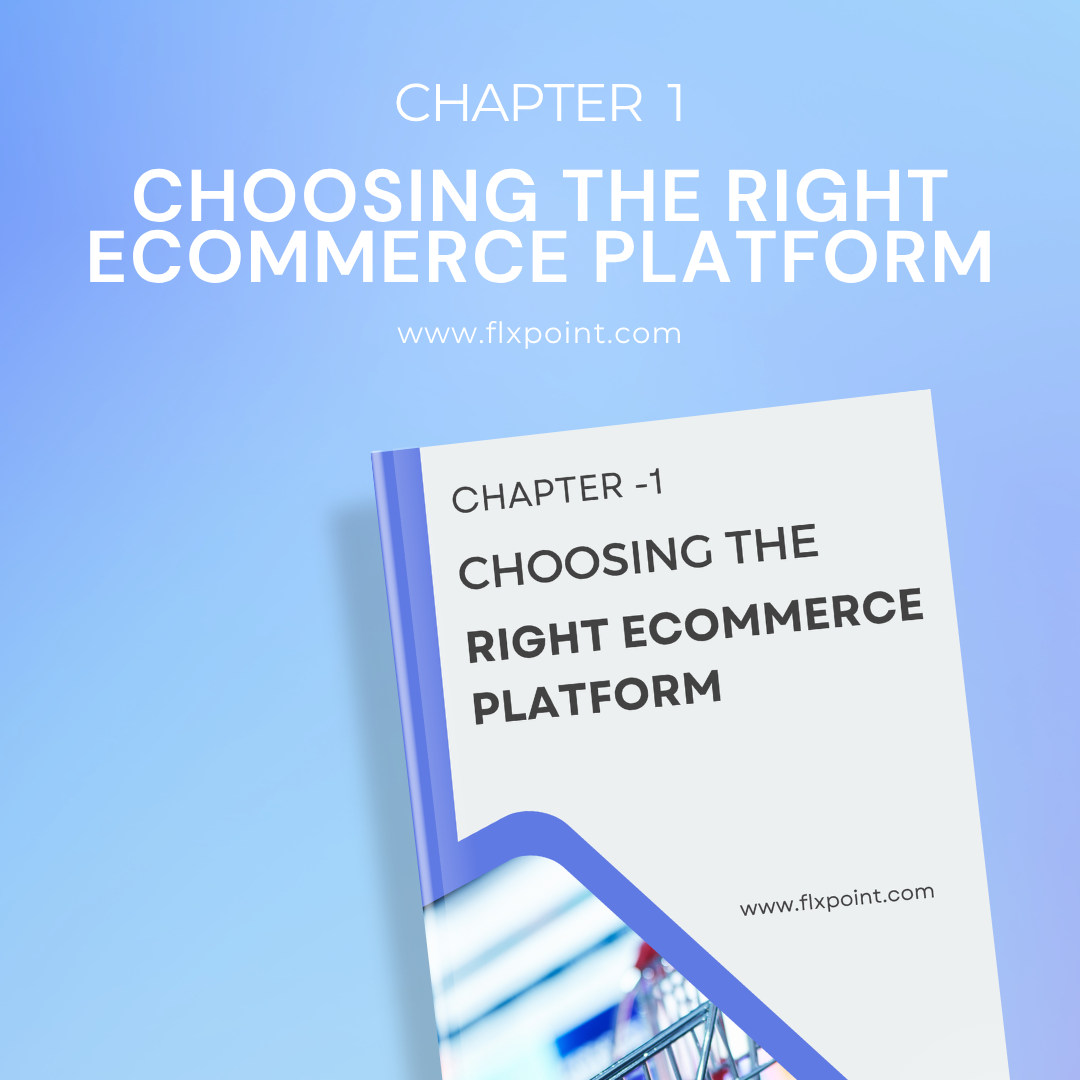
Your platform choice affects everything else you'll do. We compare Shopify, WooCommerce, BigCommerce, and Wix across what matters most: cost, scalability, marketing tools, SEO features, and payment options. Learn which platform fits your business size, technical skills, and growth plans—so you don't have to migrate later.
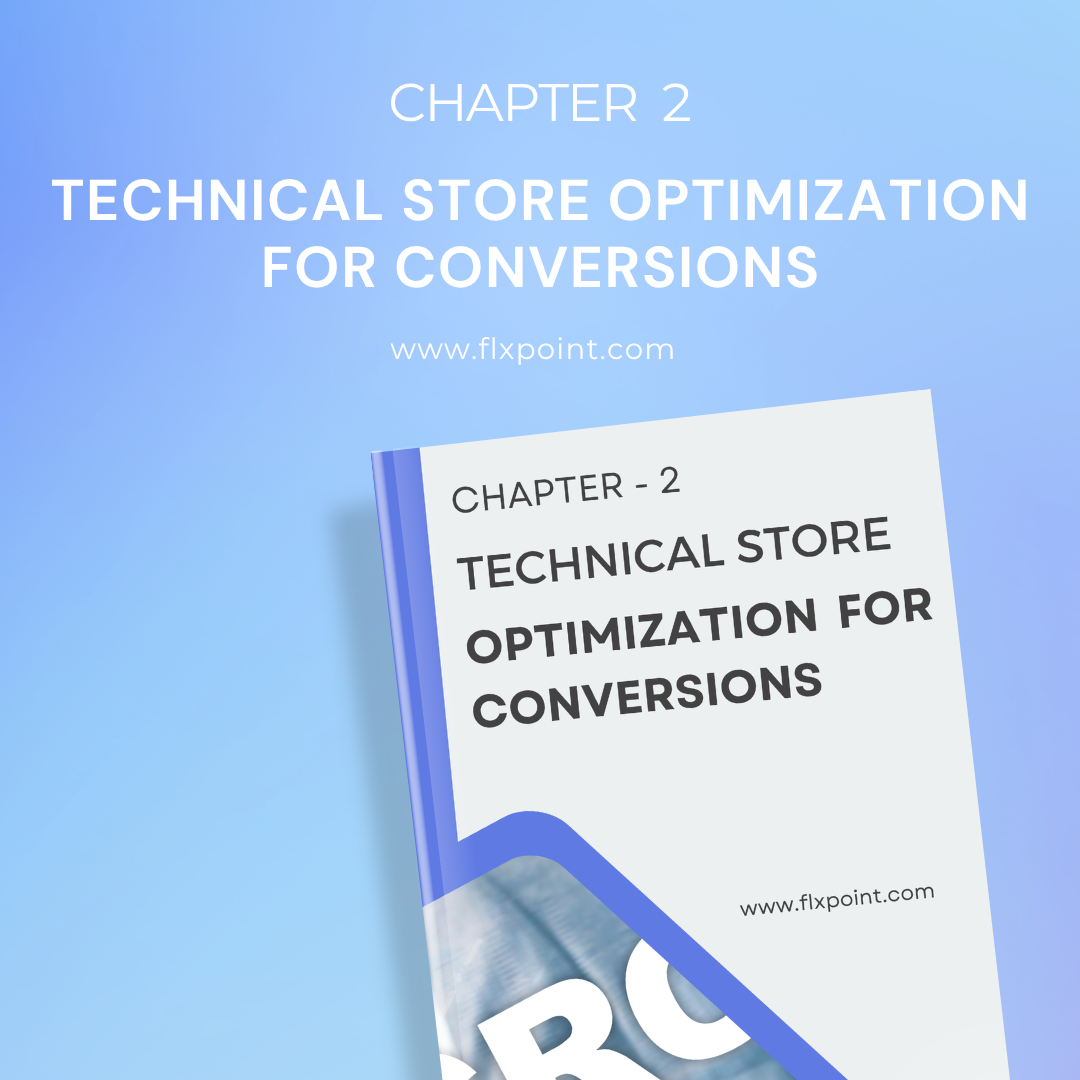
Small technical fixes create big revenue gains. Learn how to structure your store so customers actually buy, implement schema markup that helps you show up in search, speed up your site, and set up tools like Hotjar to see exactly where people get stuck in your buying process.
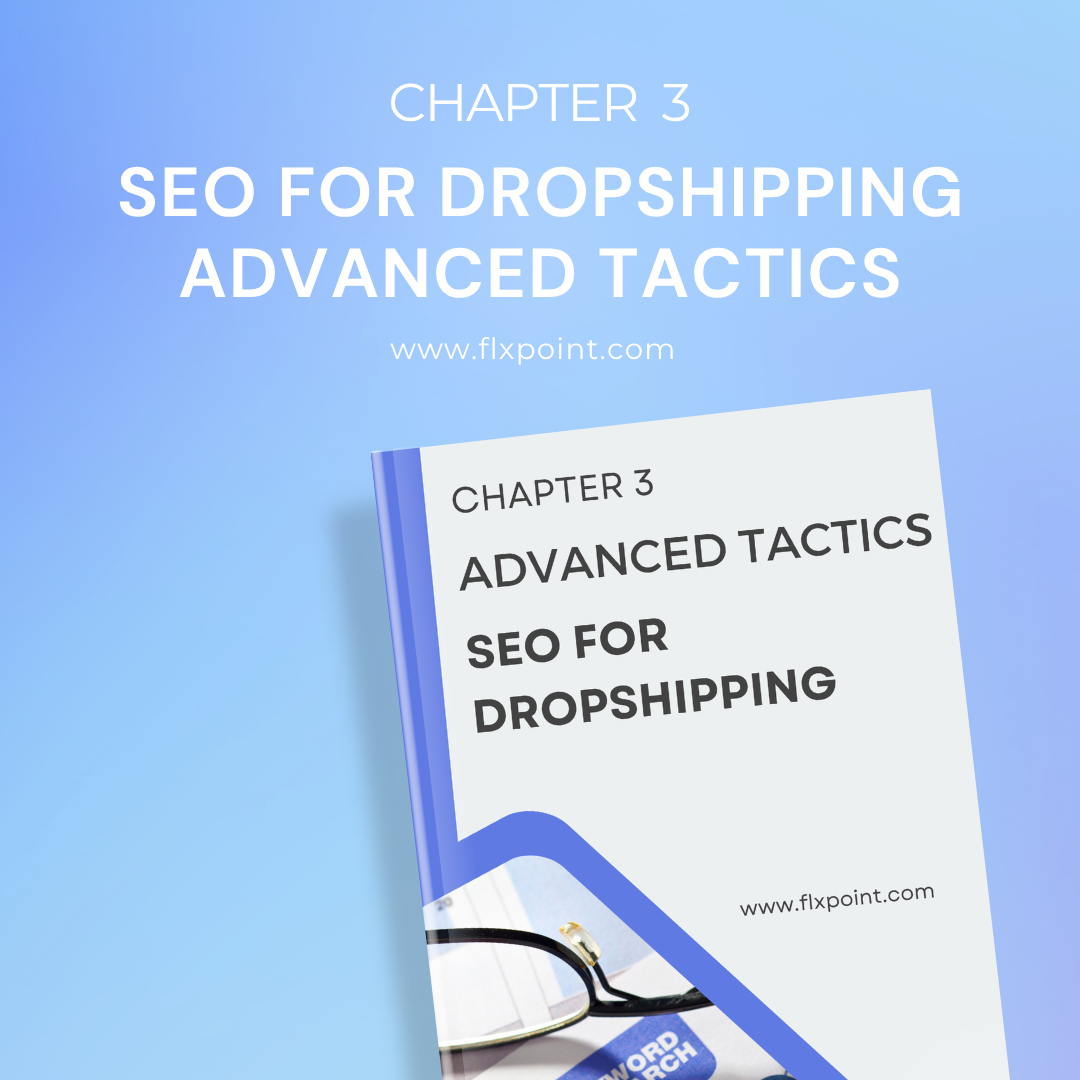

Stop wasting money on ads that don't convert. Build campaigns that work at every stage - from awareness to repeat purchase. Master Facebook ads, Google Shopping, Dynamic Product Ads, and figure out which touchpoints actually drive sales with proper attribution.
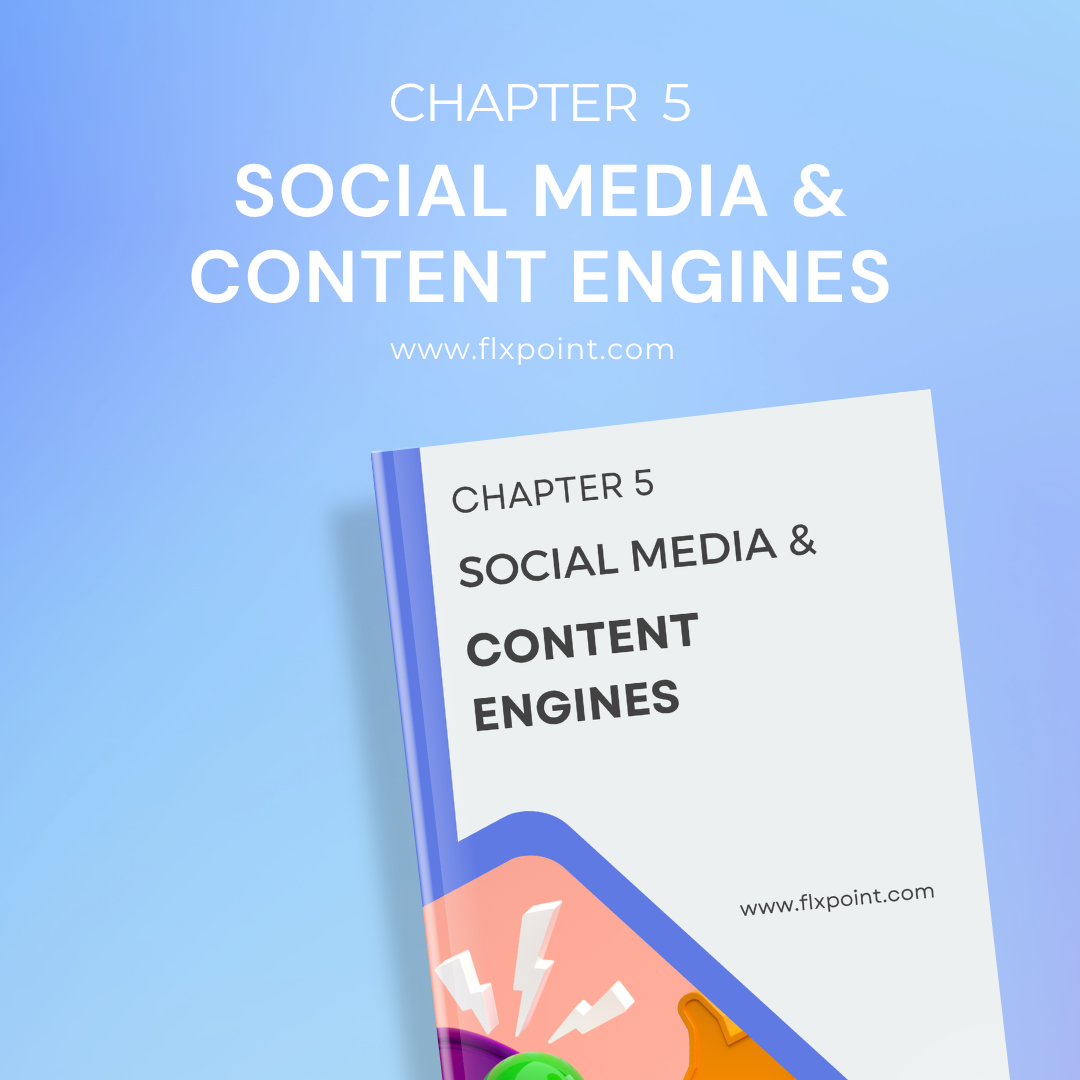
Create content systems that run themselves. Build engines for Instagram Reels, YouTube Shorts, Pinterest, and Stories. Use AI tools to scale content creation, collect user-generated content legally, create viral loops, and track what's actually driving sales.
